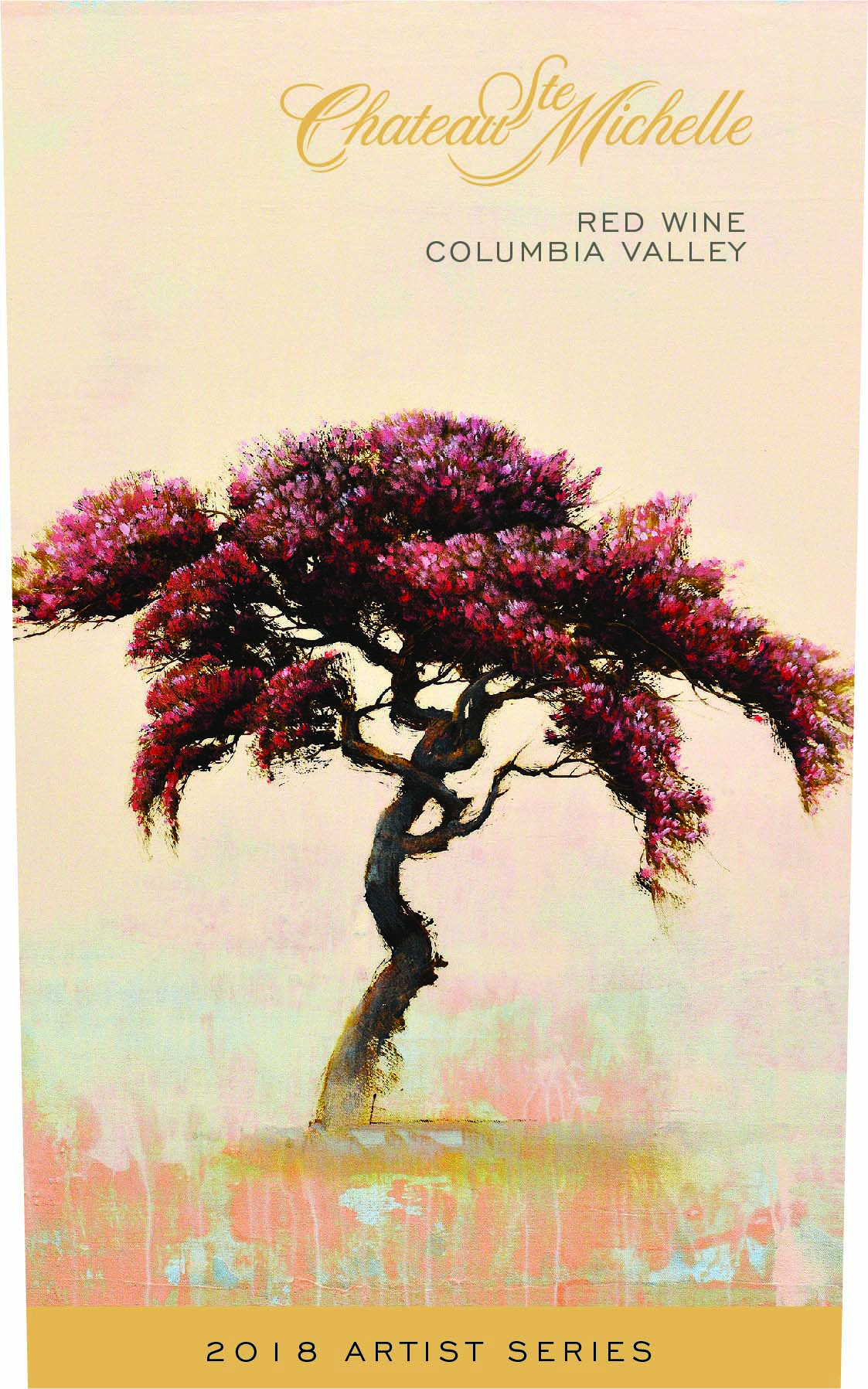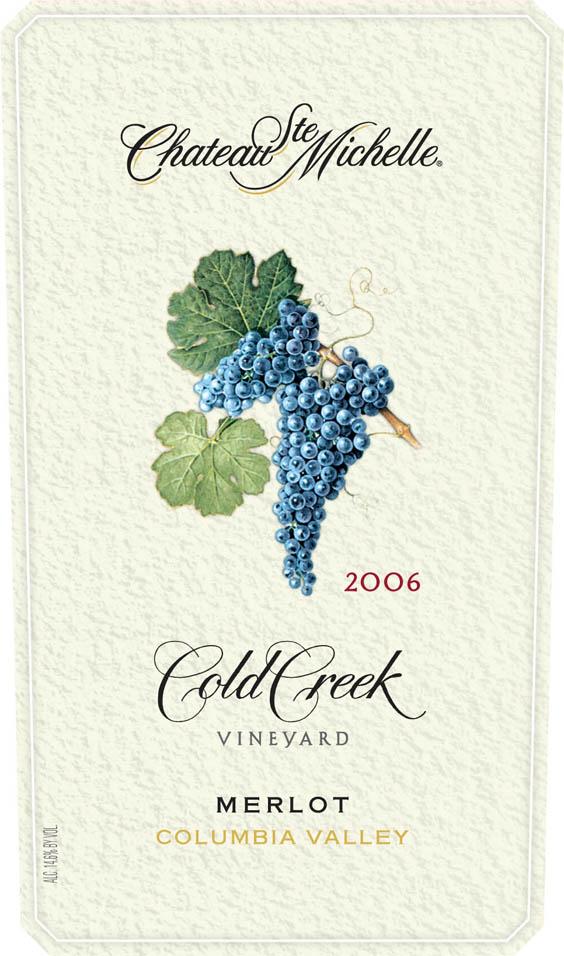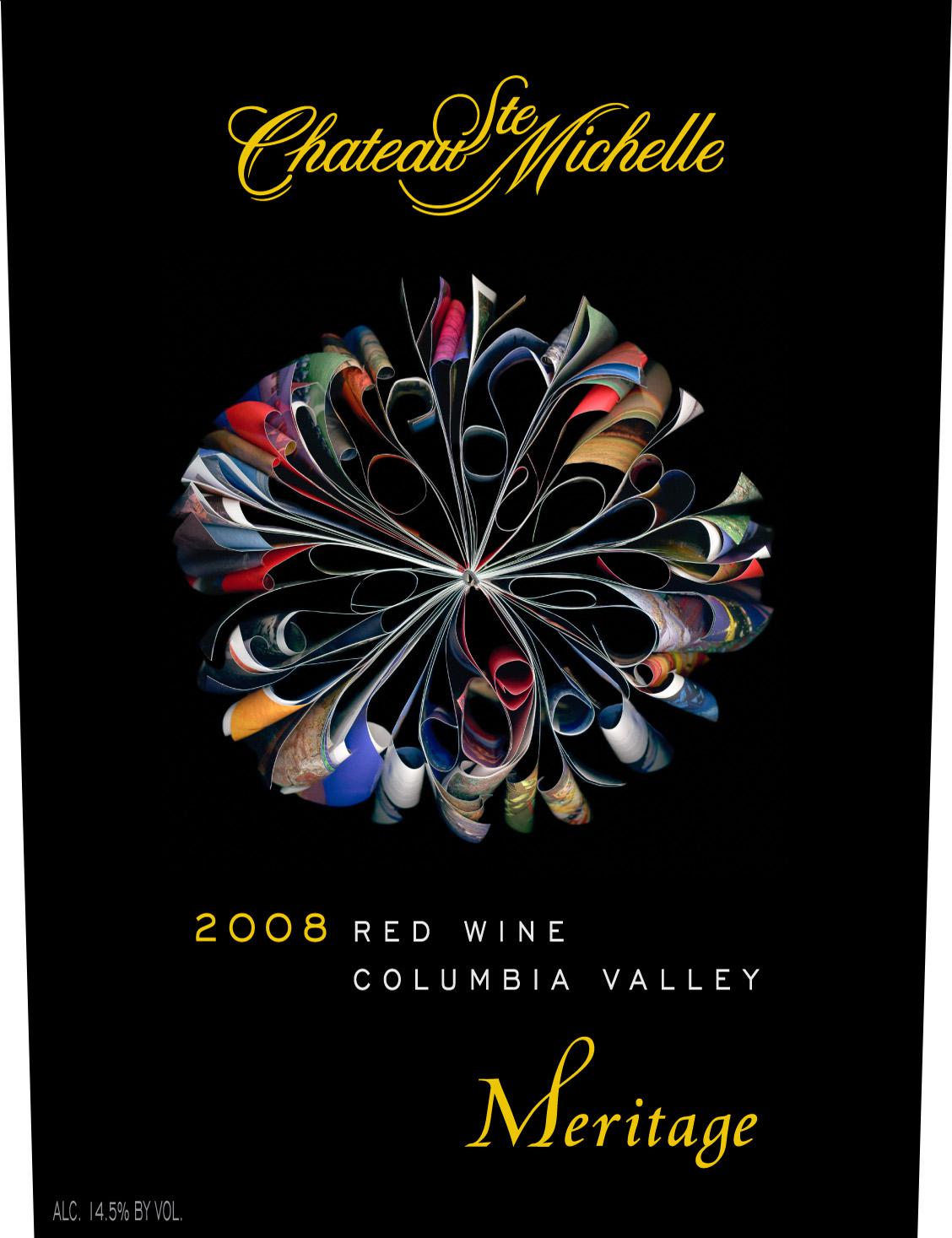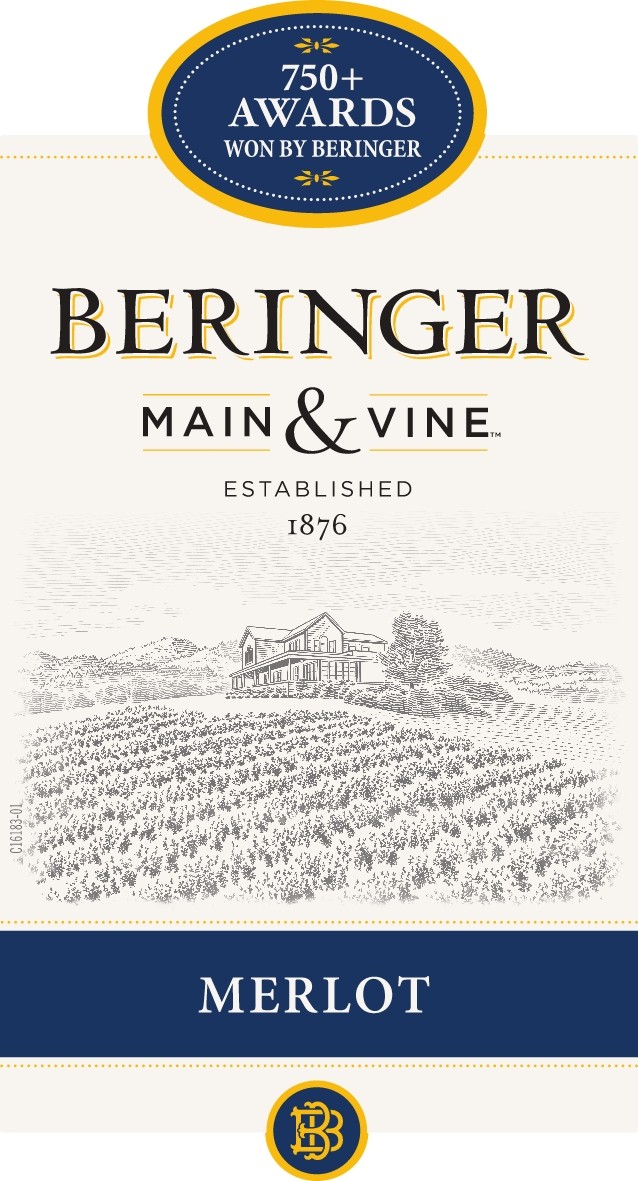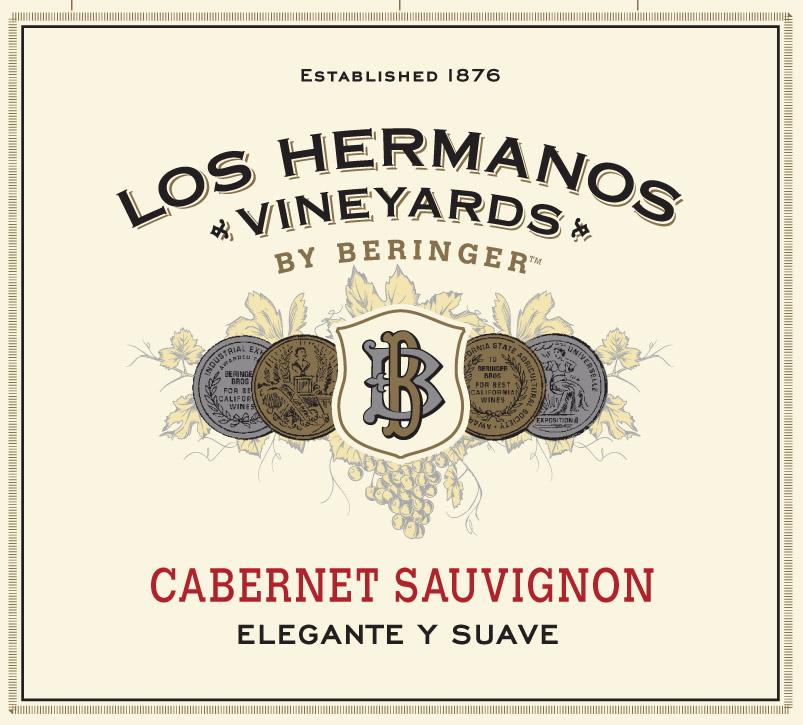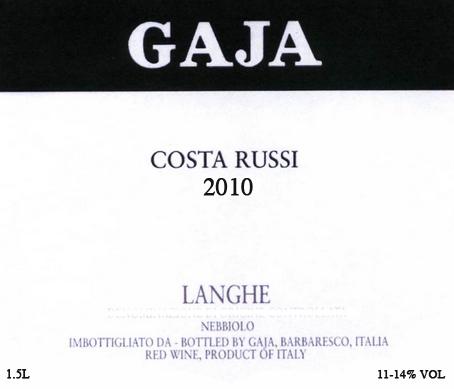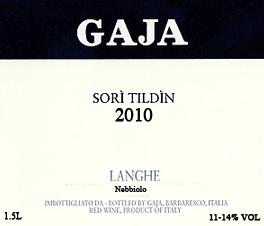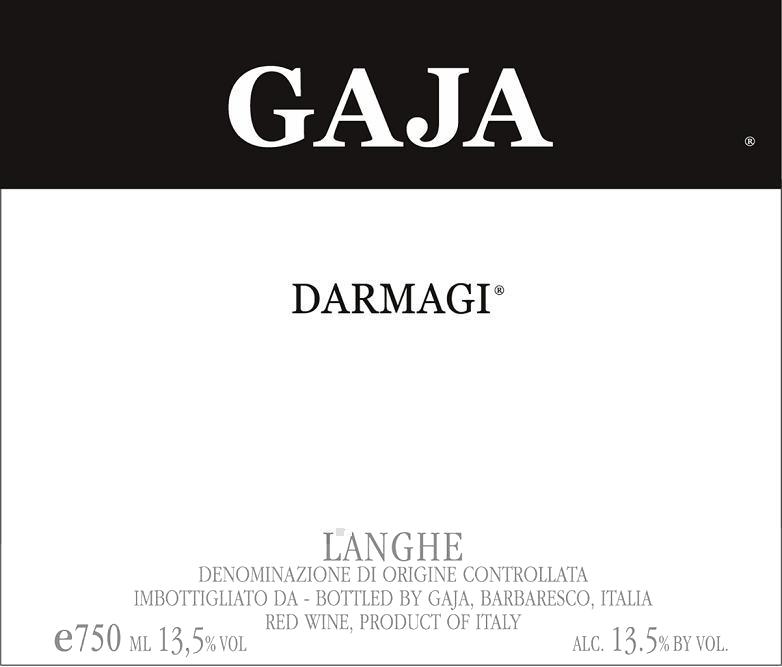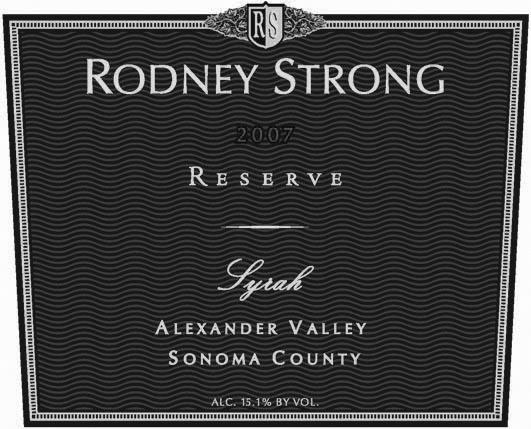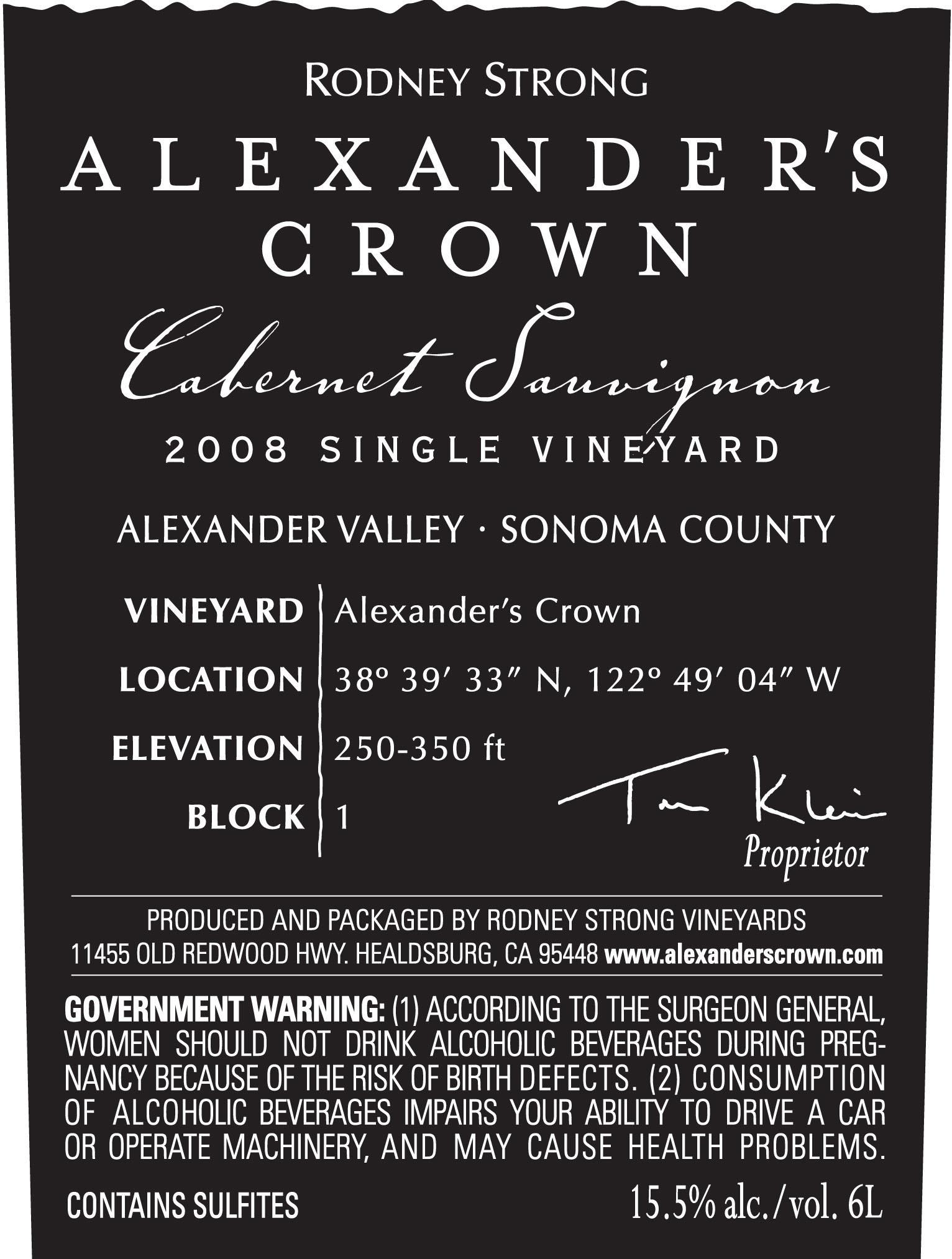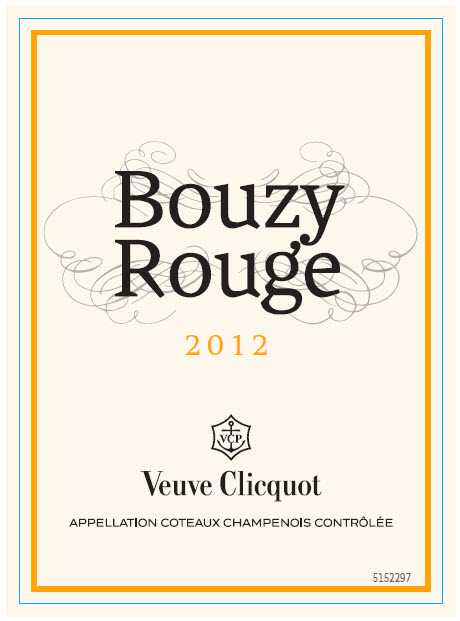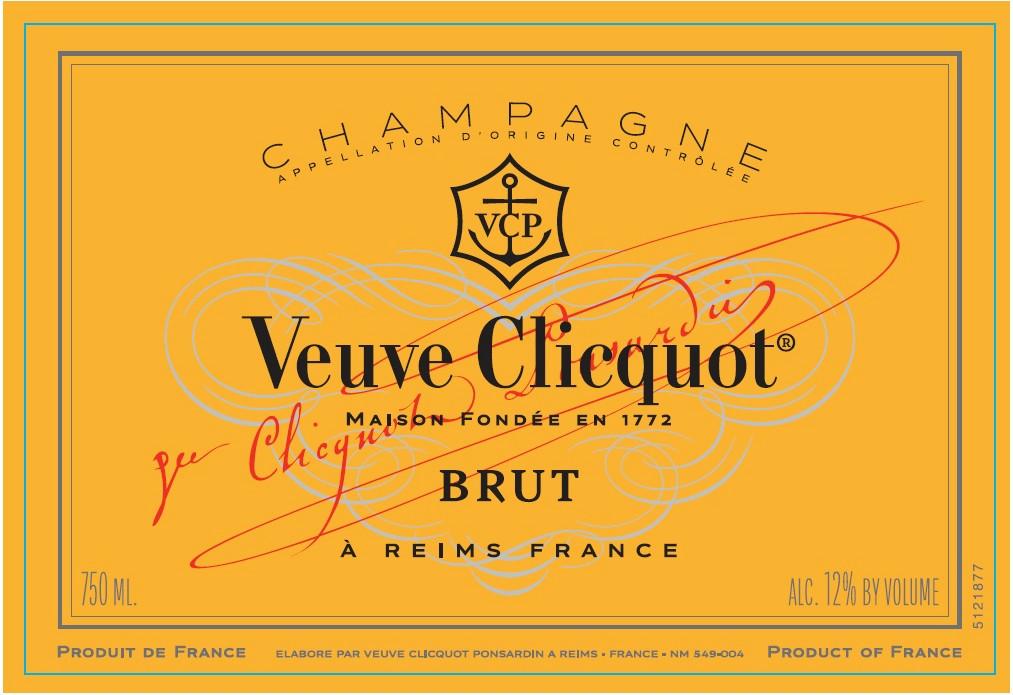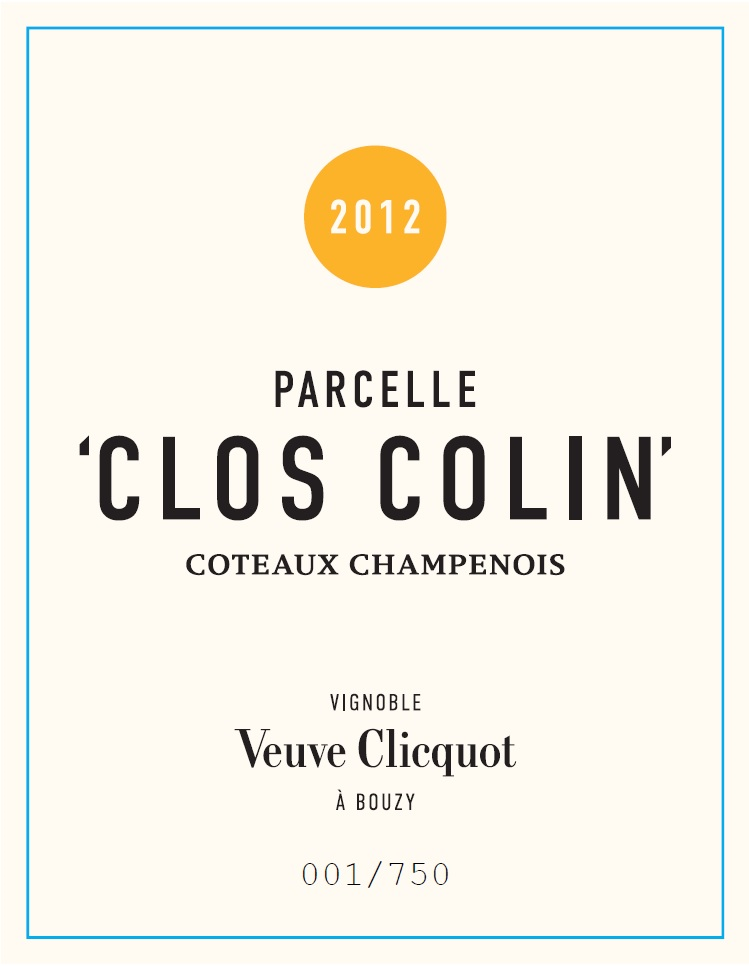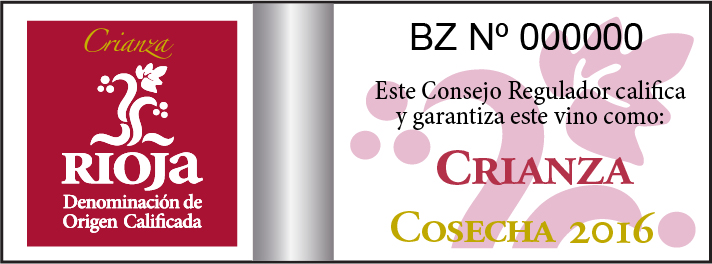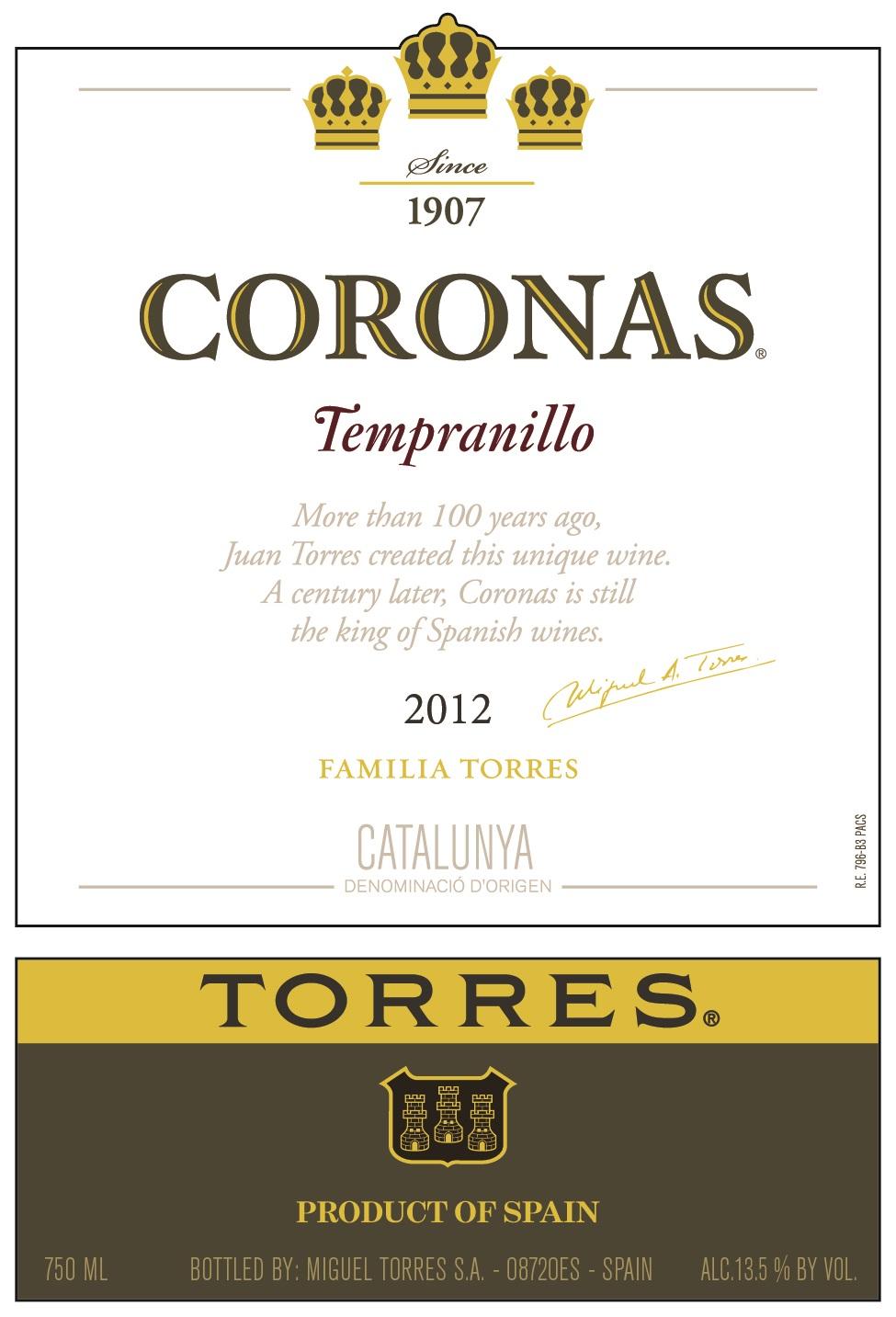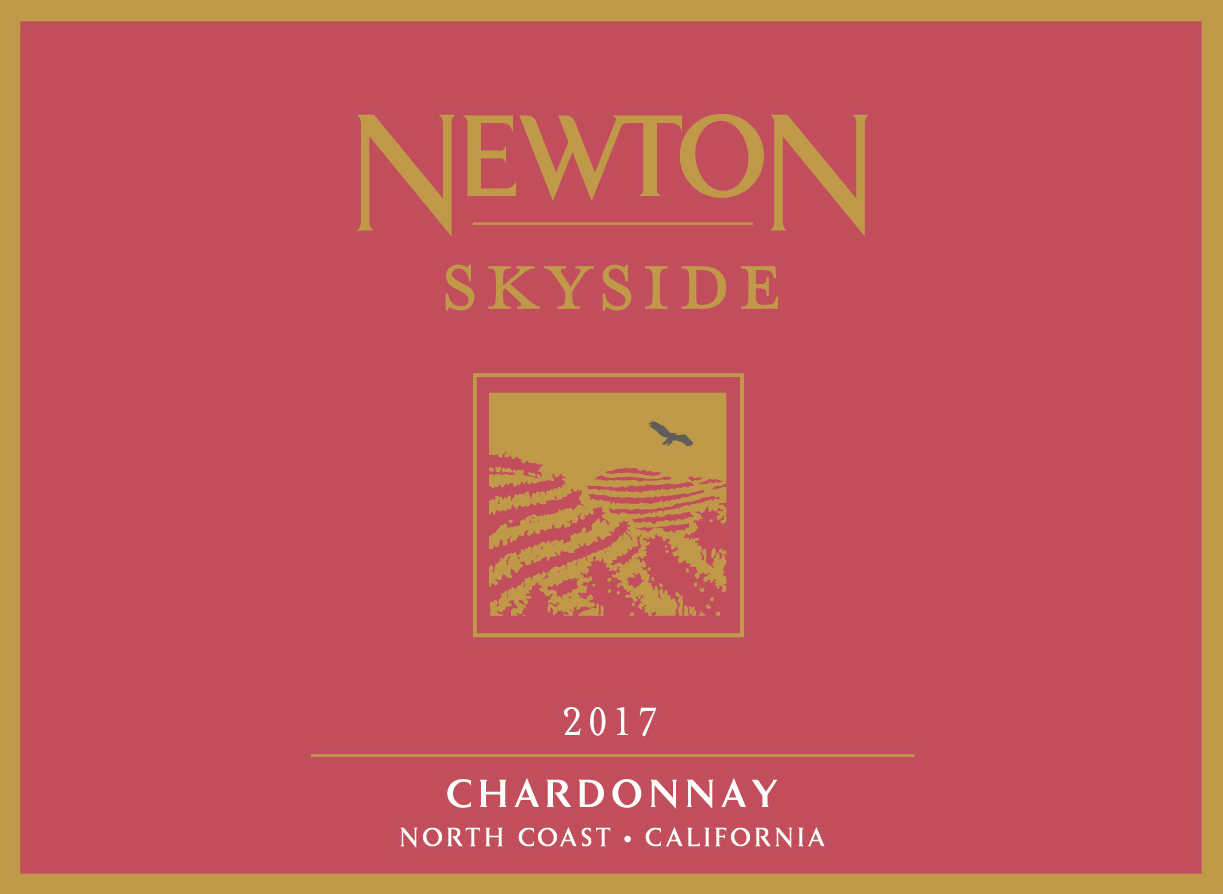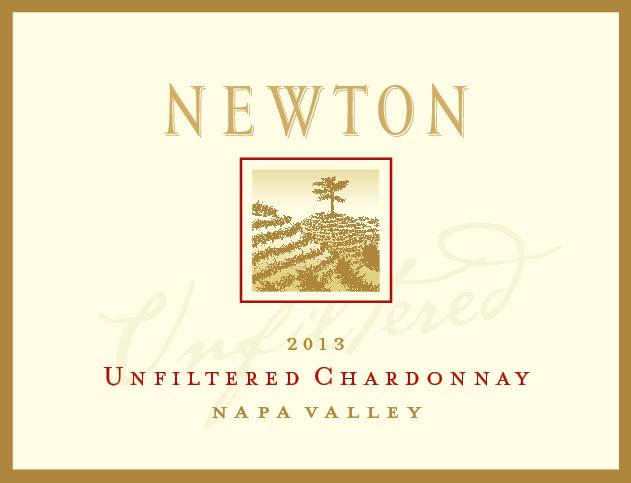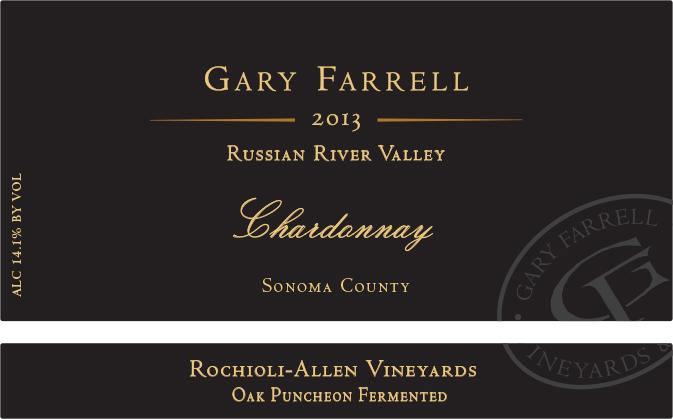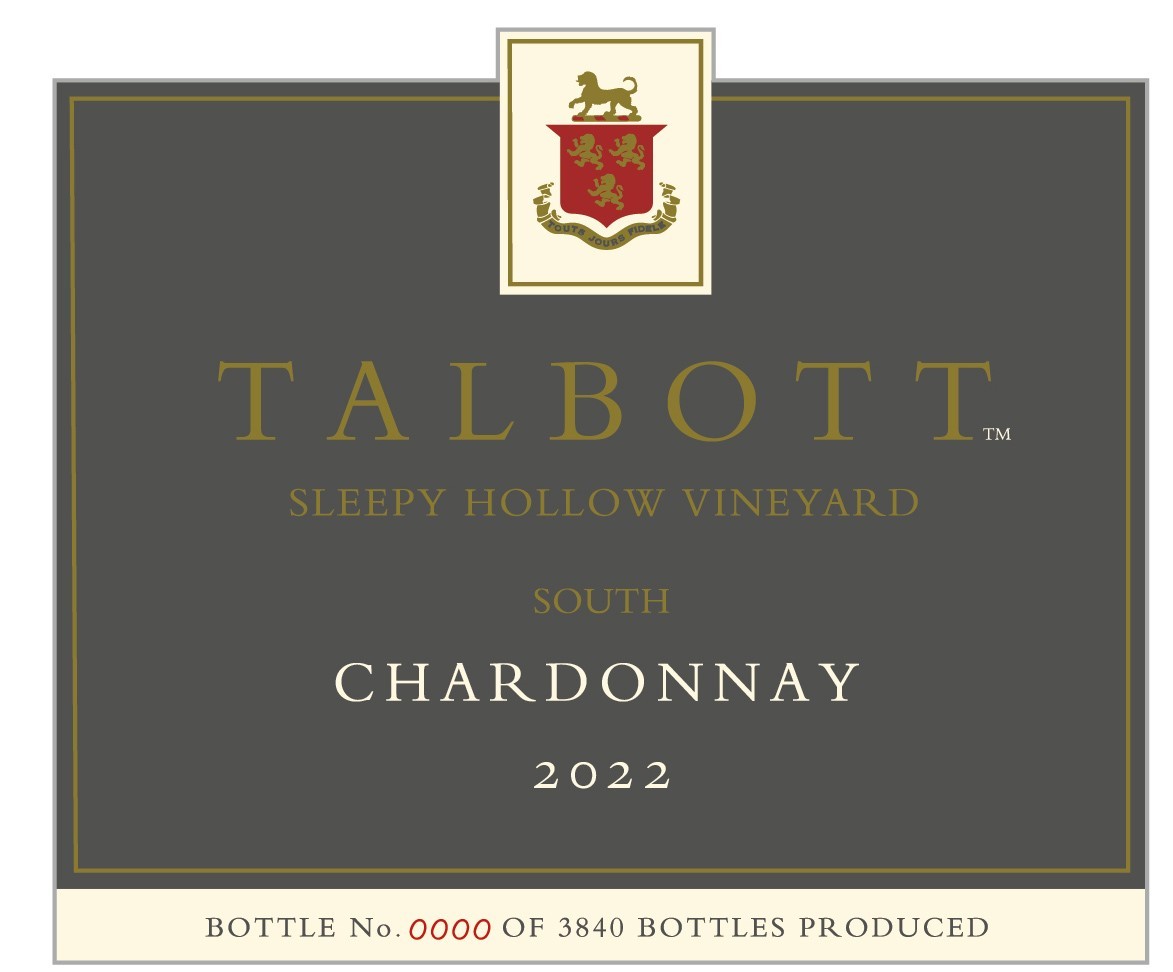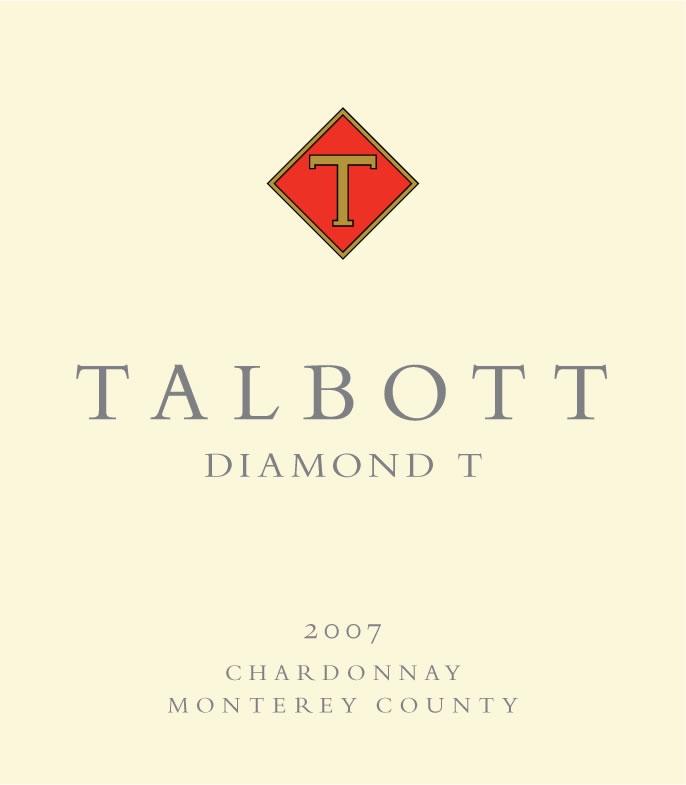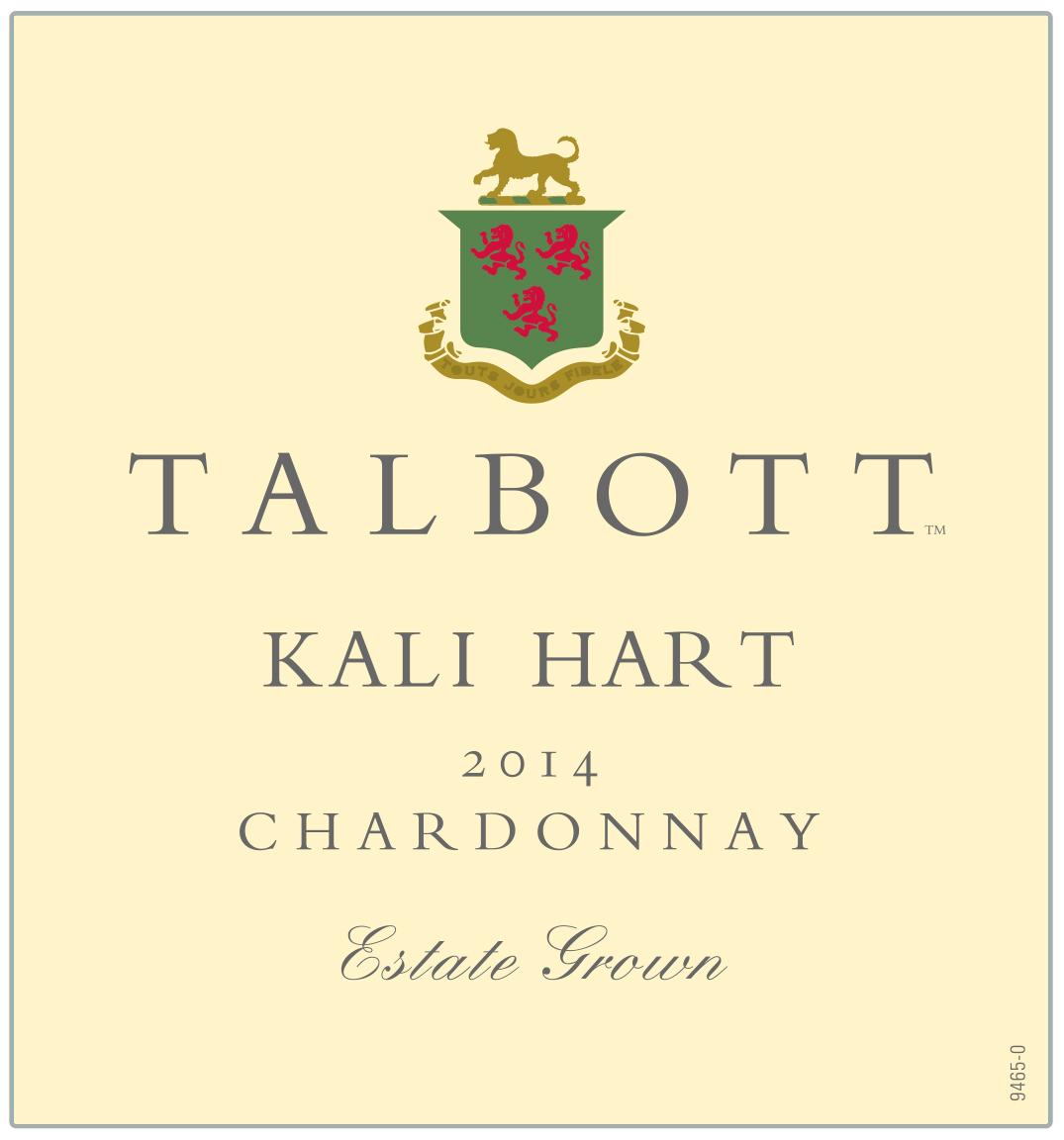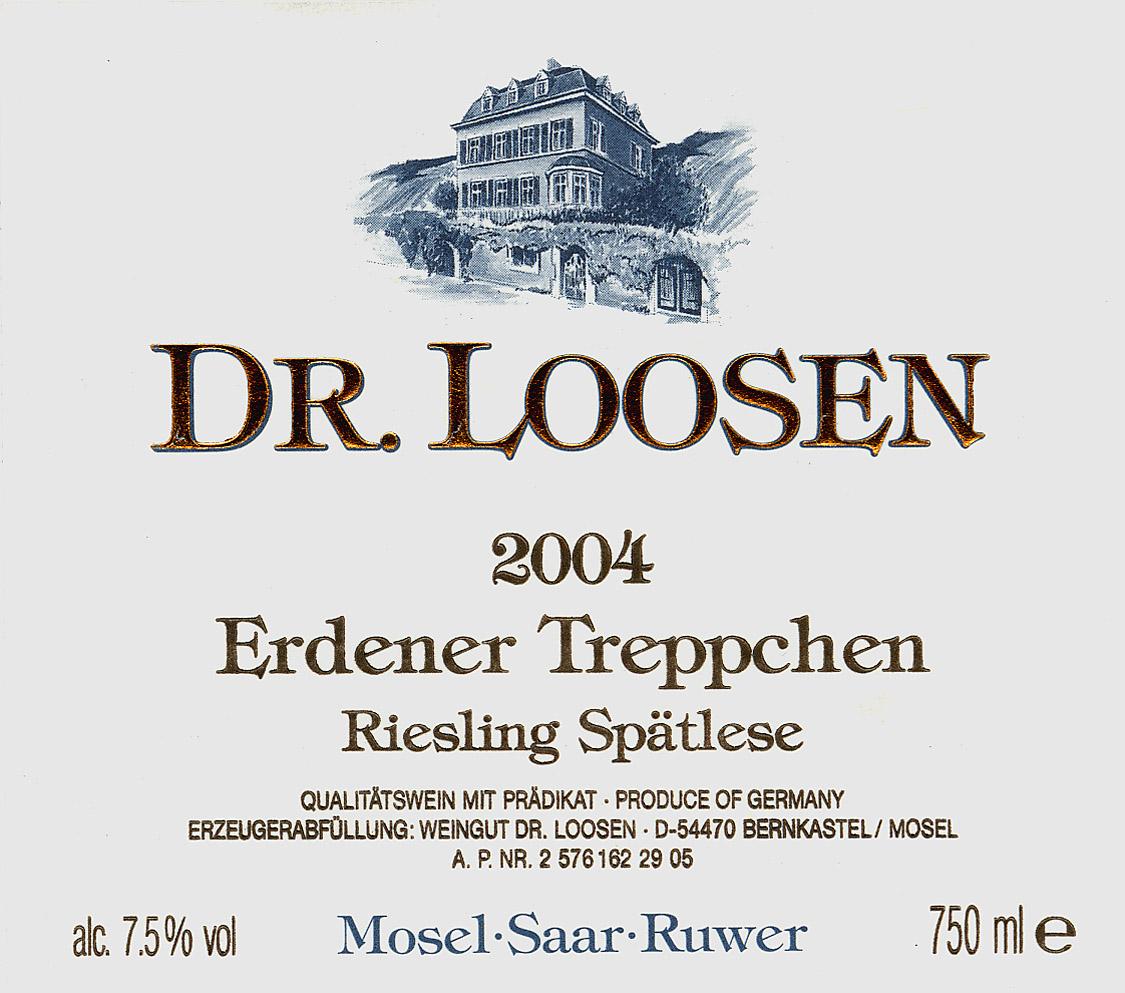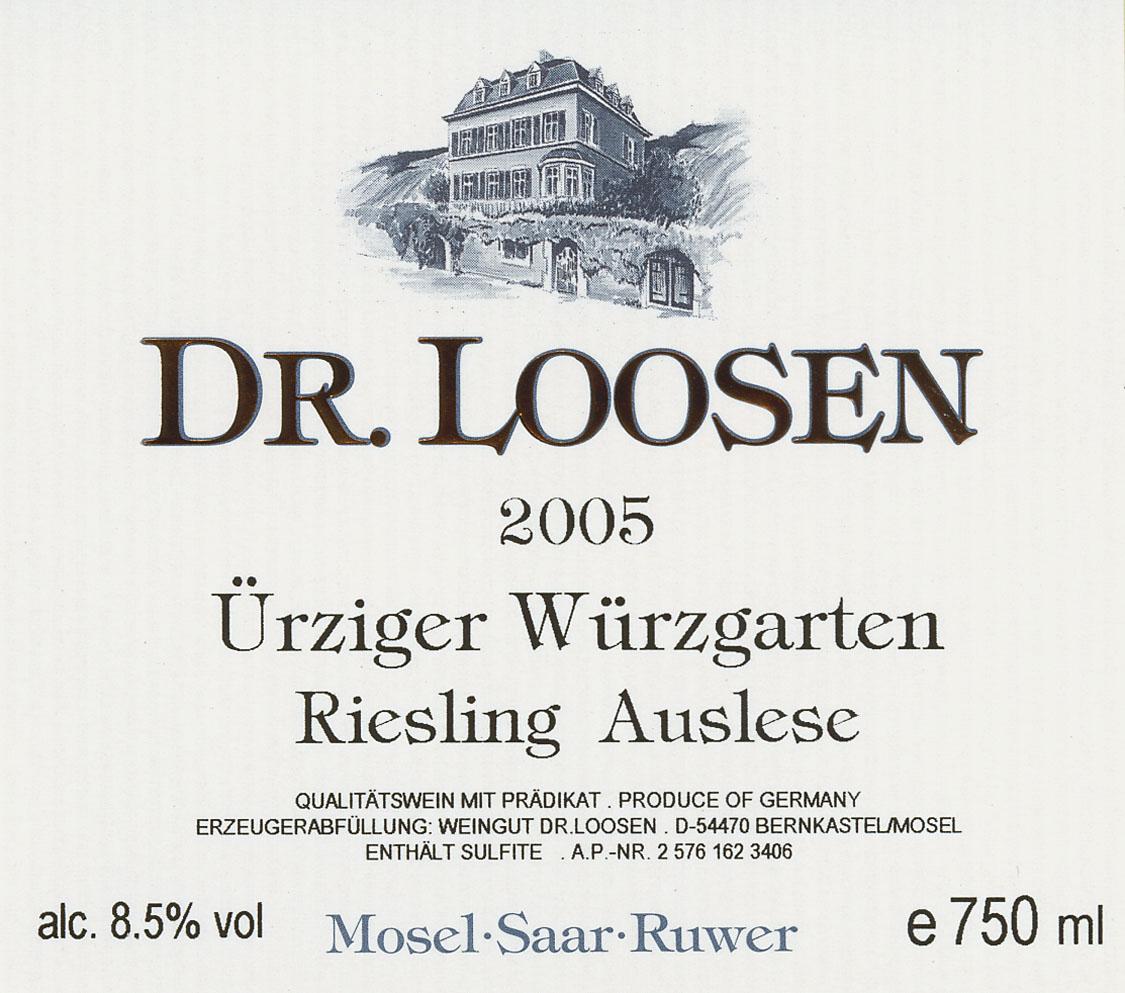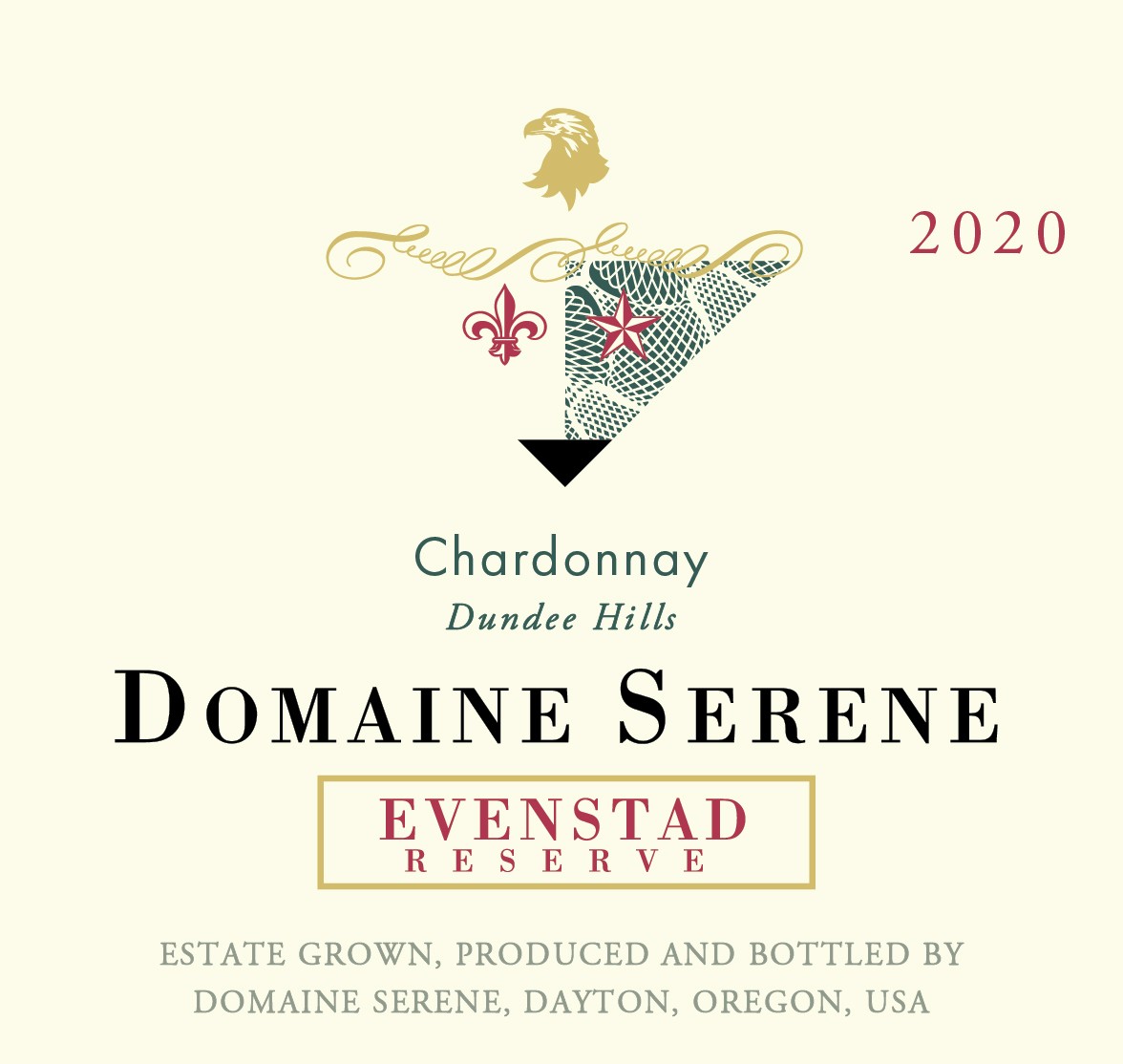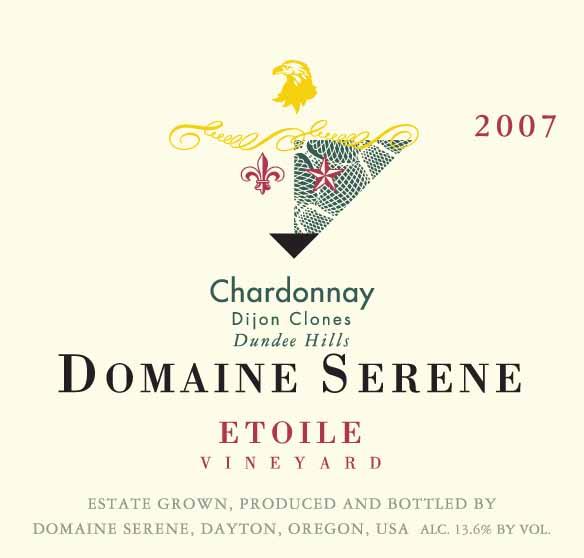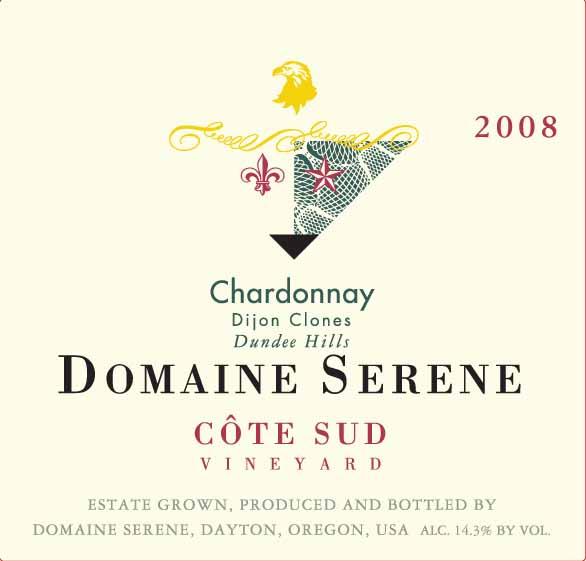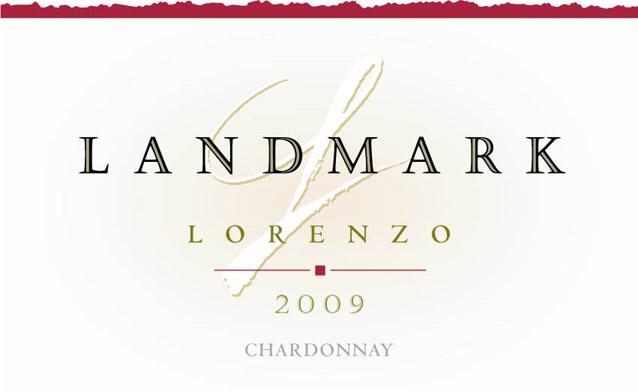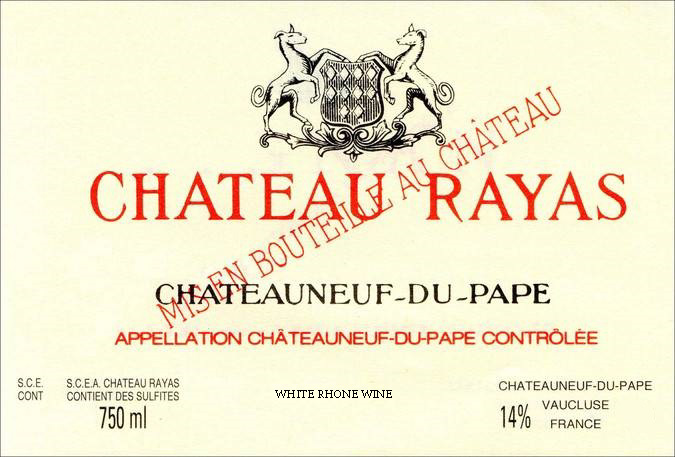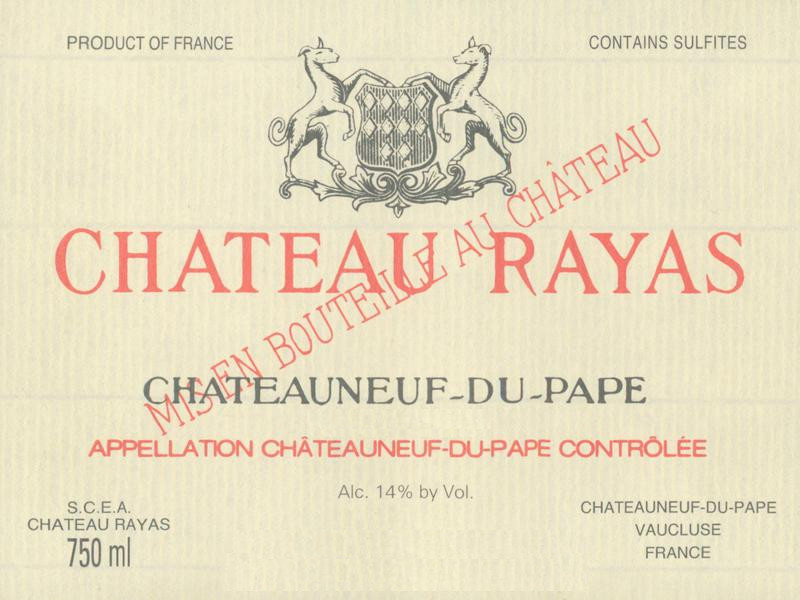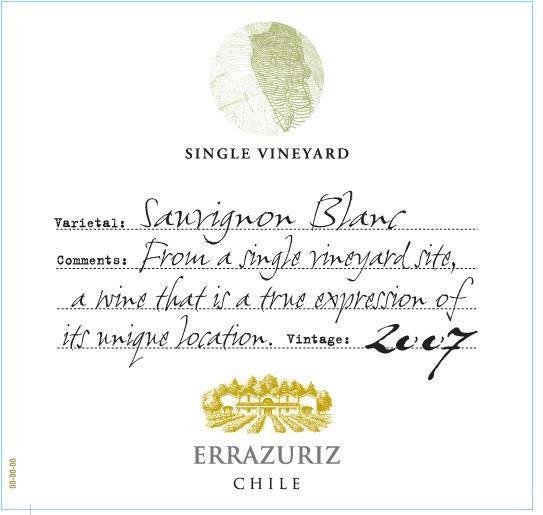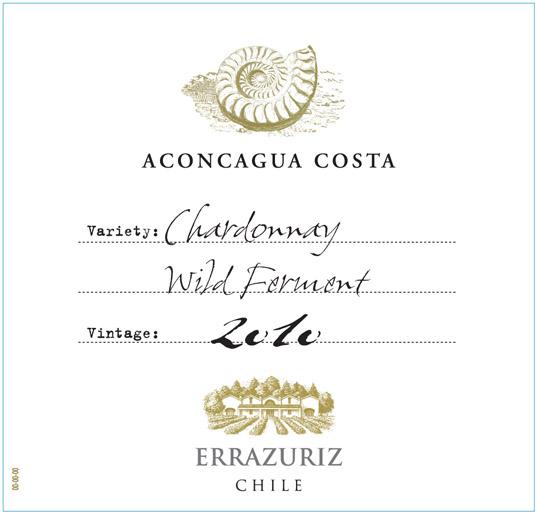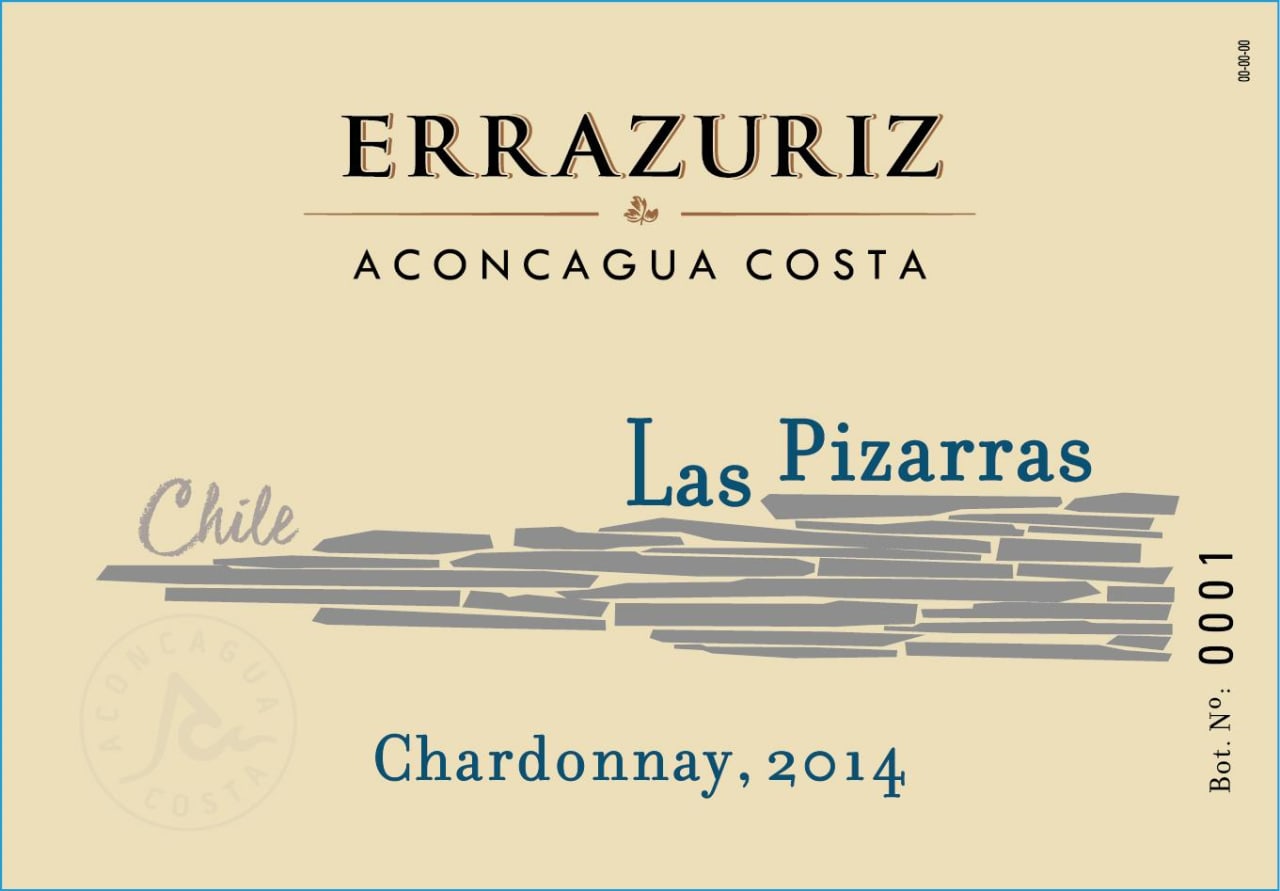Terroir of Saint-Chinian
Saint-Chinian is defined by its diverse terroir, with northern areas like Roquebrun and Berlou resting on ancient schist and sandstone soils. These rocky terrains yield grapes with intense flavors and refined textures. In contrast, the southern regions feature clay-limestone and chalky gravel, contributing to wines with greater body and softness. Vineyards are perched at elevations ranging from 100 to 300 meters, often on sunlit slopes that ensure optimal drainage and sunlight exposure.
The Mediterranean climate here is dry and sunny, with hot summer days tempered by cooler nights, preserving the grapes' acidity. Moderate rainfall and the presence of garrigue—wild herbal scrub—add to the region's distinct character. Within Saint-Chinian, the Berlou and Roquebrun sub-appellations showcase schist-driven wines, with Berlou highlighting structured blends where Syrah, Grenache, and Mourvèdre lead, and Carignan plays a supporting role. Together, the unique blend of Mediterranean sun, cooling breezes, and a mosaic of ancient soils imbues Saint-Chinian wines with a profound sense of place.
Notable Wineries in Saint-Chinian
Saint-Chinian, a picturesque region in southern France, is celebrated for its exceptional wineries that showcase the diverse terroir and Mediterranean climate. Noteworthy estates include:
-
Château Saint-Martin des Champs: Known for its historic cellars and clay-limestone vineyards, producing elegant, age-worthy reds.
-
Château Viranel: Features mid-altitude limestone parcels, offering wines ranging from aromatic to robust and full-bodied.
-
Château de Coujan: An organic producer with a focus on terroir-driven wines.
-
Laurent Miquel: Especially Château Cazal Viel, known for modern, fruit-forward wines.
-
Mas Champart: Celebrated for wines that reflect the unique character of the land.
The cooperative tasting rooms and family-run domaines of Saint-Chinian provide a rich tapestry of wine styles, inviting visitors to explore the region's vinous treasures.
Sustainable Winemaking in Saint-Chinian
Saint-Chinian is embracing a green revolution in winemaking. Many vineyards are turning to sustainable practices, with a focus on reducing chemical use and enhancing biodiversity. Winemakers prioritize organic methods, using pheromones over pesticides and natural compost to enrich the soil. This approach not only preserves the environment but also highlights the unique terroir of the region.
Vineyards implement eco-friendly techniques like planting grass between rows to prevent erosion and recycling water to conserve resources. The use of natural corks is preferred for their sustainability. These efforts are driven by a "terroir-first" philosophy, ensuring that wines reflect their origin while minimizing their ecological impact. This commitment to sustainability is becoming a hallmark of Saint-Chinian, aligning with its tradition of producing wines that are both expressive and environmentally conscious.
Wine Tourism in Saint-Chinian
Saint-Chinian, part of the "Vignobles & Découvertes" circuit, is a top spot for wine tourism, combining rich wine heritage with beautiful natural settings.
The Maison des Vins in the village center is a key attraction, offering a wide range of local wines and expert advice. Visitors can tour historic estates and taste wines straight from cellar tanks and foudres.
The region's varied terroir, from schist to limestone, supports its famous wines, including strong reds and fragrant whites.
Outdoor lovers can explore the scenic garrigue, hike the Caroux mountains, or walk trails along the Canal du Midi.
Year-round, lively festivals celebrate the harvest, pairing local wines with regional treats like olive oils and cheeses.
Villages such as Roquebrun and Berlou add charm, offering a perfect backdrop for a complete wine tourism experience in this renowned Languedoc area.



